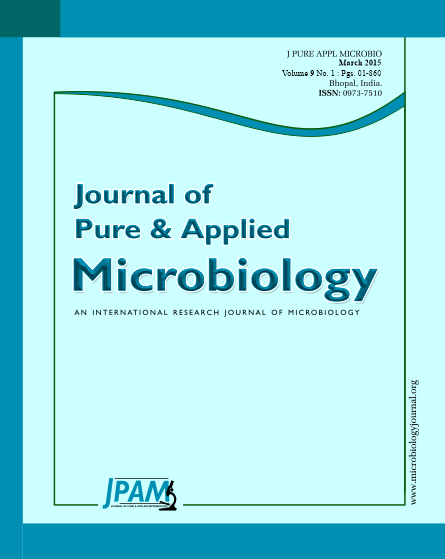Soil mycobiota play an important function in agricultural economy of a nation. The current study was made to have the knowledge about soilborne fungi associated with lupine crop in healthy and infested soils. Fungal species and their population in the soil vary depending on many factors such as type of soil, vegetation, temperature, pH, organic matter, moisture content, aggregate size, predation, and agricultural management factors such as tillage, cover cropping, root exudates, fertilizer and crop rotation. All together these factors affected directly or indirectly soil mycobiota, especially the soilborne pathogenic ones. Thirty one fungal species belong to nineteen genera has been isolated from healthy and infested soils. The diversity as well as the count has been, to some extent, differed from healthy to infested soil. By comparison of the species lists of the fungal flora of healthy and infested soils it was evident that soil fungi behave differently toward soil status, while some species isolated only from healthy soil e.g. Achaetomium, Chaetomium, Cladosporium, Epicoccum, Geotrichum, Gliocladium and Mucor, some isolated from both healthy and infested soil e.g. Alternaria, Aspergillus, Emericella, Fusarium Penicillium and Trichoderma, still others isolated only from infested soil e.g. Absidia, Acremonium and Paecilomyces. Regarding the role of soil mycobiota for controlling lupine root rot caused by Plectosporium tabacinum in dual culture, the obtained data clearly show that some isolates were strong antagonist, others were moderate and some were weak.
Soil mycobiota, Lupine field, Fungal diversity, Healthy, Infested soil
© The Author(s) 2015. Open Access. This article is distributed under the terms of the Creative Commons Attribution 4.0 International License which permits unrestricted use, sharing, distribution, and reproduction in any medium, provided you give appropriate credit to the original author(s) and the source, provide a link to the Creative Commons license, and indicate if changes were made.


